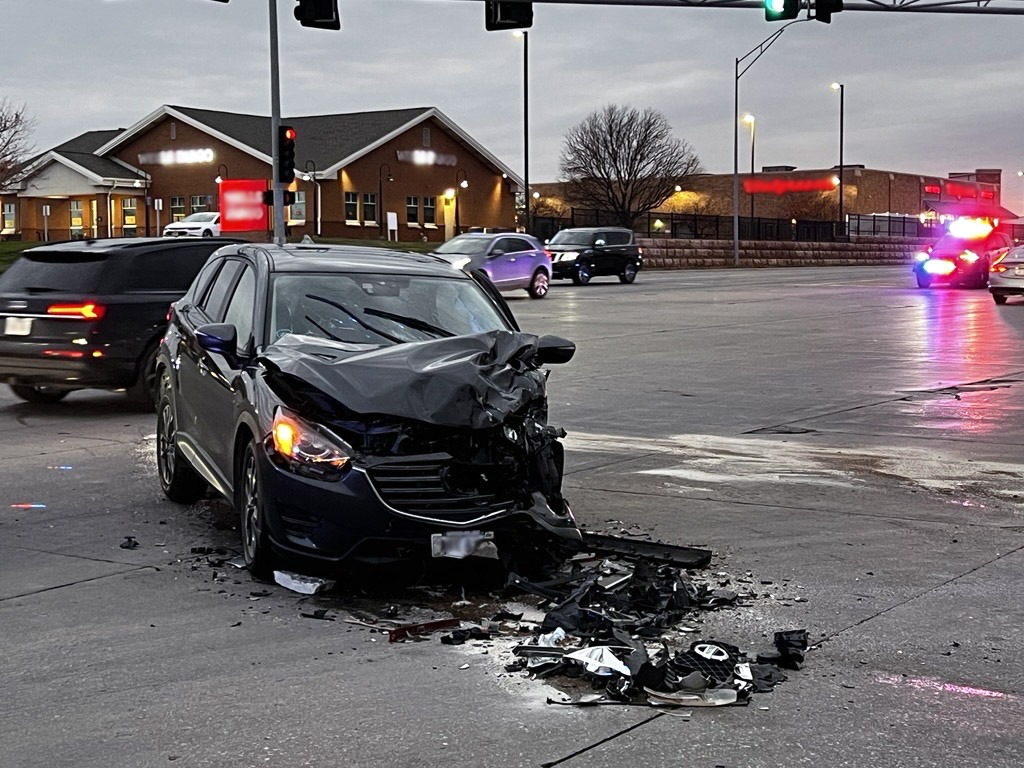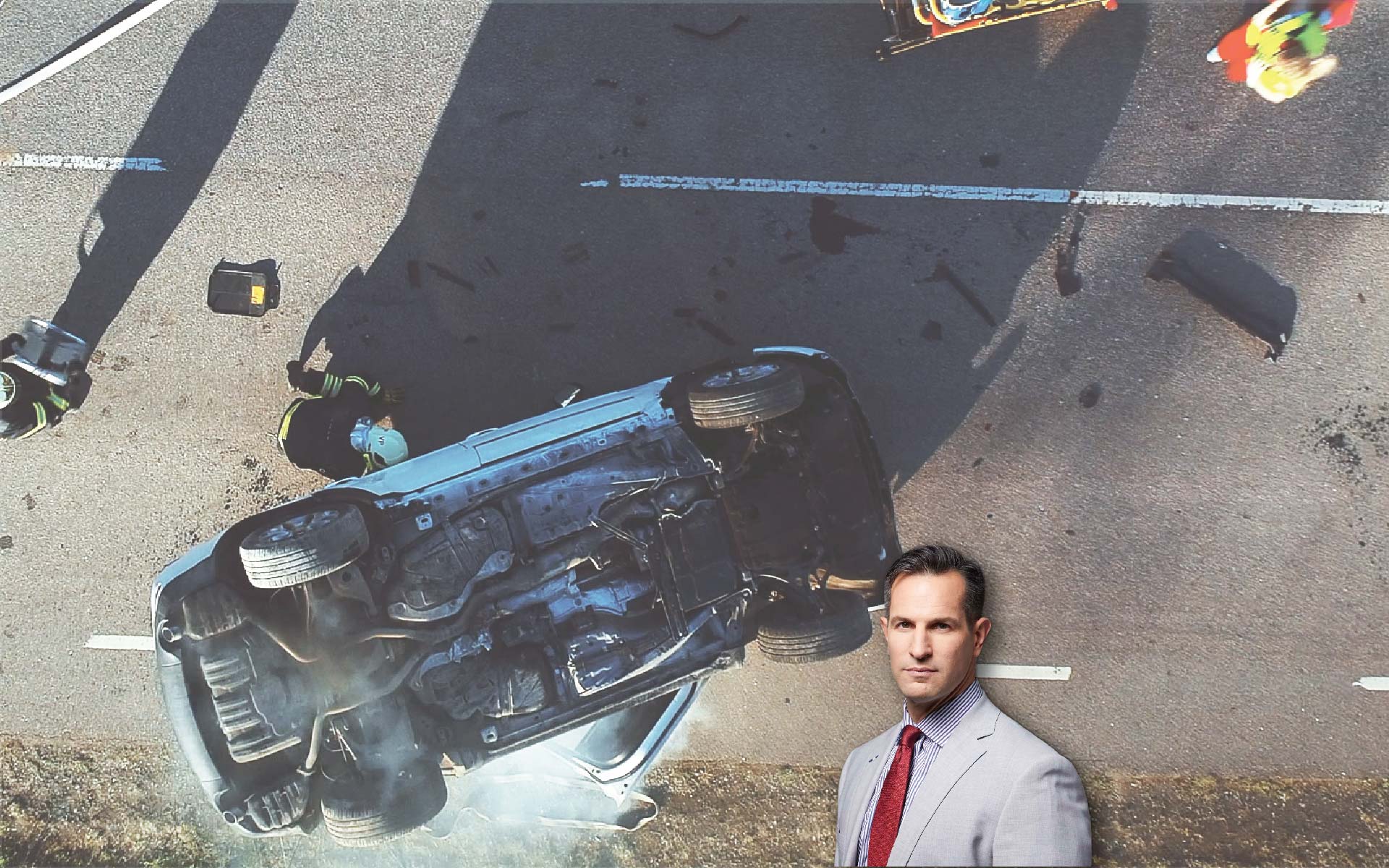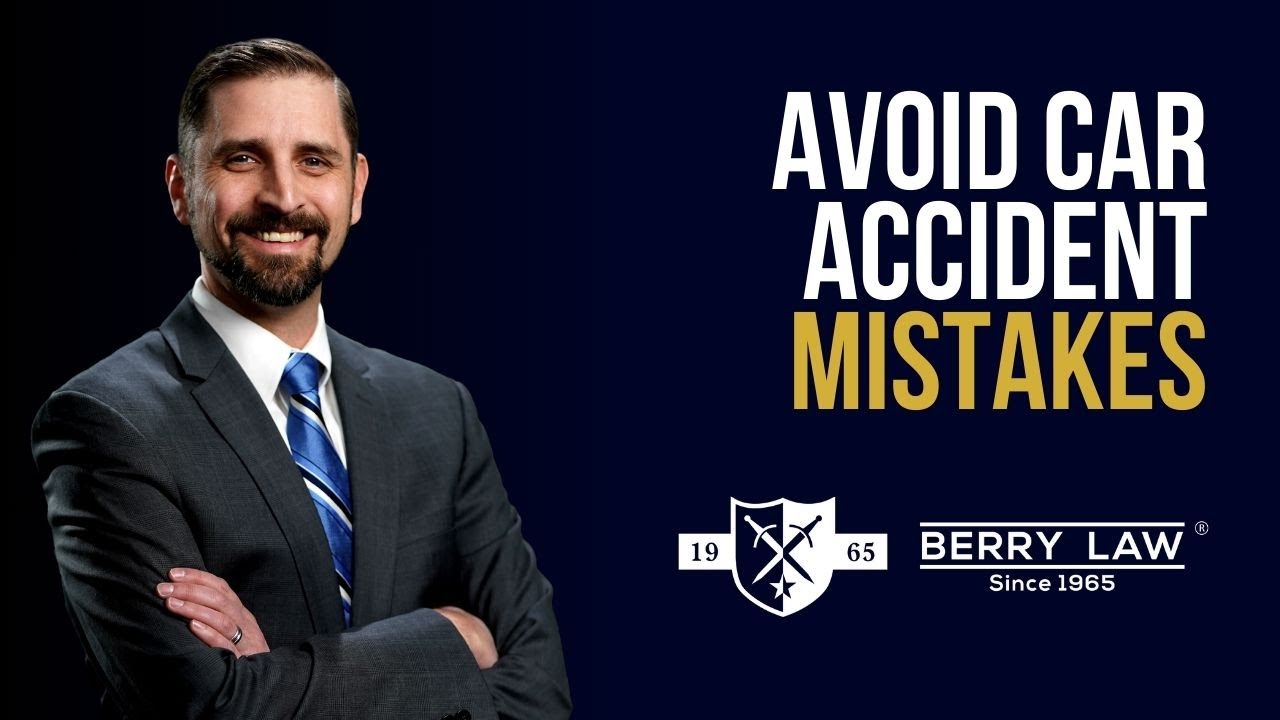Driving Safely on NE-370: A Guide to Avoiding Crashes from Gretna to Bellevue & Offutt AFB
NE-370 is one of the fastest-growing — and most dangerous — commuter corridors in Nebraska. Thousands of drivers use it daily to travel between Gretna, Chalco, Papillion, Bellevue, and Offutt AFB, sharing lanes with semis, construction trucks, motorcycles, and military personnel commuting to the base. Seasonal weather, early darkness, heavy development, and high-speed intersections create conditions where serious crashes are common. Using recent crash patterns and regional traffic analysis, this guide highlights the highest-risk areas and how to stay safe on this rapidly changing corridor.
Berry Law represents people seriously injured on NE-370, US-75, NE-50, NE-66, and the surrounding Sarpy County Road network — and we want every driver to get home safely.
1. Quick Safety Takeaways for NE-370 Drivers
If you only skim one section, read this:
- Expect sudden braking near Chalco, Papillion, and the I-80/370 interchange — congestion spikes without warning.
- Watch for heavy truck traffic serving data-center construction on NE-50 and commercial zones along 84th–120th Streets.
- Sun glare is severe on eastbound 370 in the early morning — especially between Gretna → Papillion → Bellevue.
- Fog often forms in the Platte River valley and low-lying fields near Springfield, La Platte, and Bellevue.
- Early darkness after Daylight Saving Time makes evening commutes high-risk.
- US-75 near Offutt AFB has elevated crash frequency due to merging, lane changes, and high traffic density.

Safety tips for NE-370 drivers in Gretna, Papillion, and Bellevue,
2. The Most Dangerous Areas Along NE-370
Crash patterns consistently cluster in five areas:
Chalco → I-80 / 370 Interchange
This interchange carries a volatile mix of:
- Semis entering/exiting I-80
- Commuters merge at high speed
- Construction vehicles serving the Gretna and West Papillion growth zones
Rear-end crashes and sideswipes are common as traffic compresses rapidly, especially during wet weather or low visibility.
Papillion (84th → 96th → 108th Street Intersections)
As the fastest-growing region in Nebraska, Papillion’s NE-370 intersections experience:
- High left-turn volumes
- Short gaps in traffic
- Frequent lane shifts
- Rapid acceleration from stopped lights
Several injury crashes occurred here in 2025, including a major one at NE-370 & 180th Street, underscoring how quickly conditions can deteriorate.
Bellevue / Offutt AFB Corridor (Capehart, 36th, 25th)
NE-370 feeds directly into US-75, which carries thousands of Offutt-connected drivers each day. Crashes here often involve:
- Quick lane changes near Offutt gates
- Congested evening return traffic
- High motorcycle counts during warmer months
The US-75 / Cornhusker and US-75 / Fairview Road intersections see frequent multi-vehicle collisions.
Louisville & NE-50 / NE-66 Connection
Drivers from Louisville, Manley, and Springfield use NE-50 or NE-66 to reach NE-370. These rural connectors see:
- Heavy construction and material-hauling trucks
- Seasonal fog pockets
- Limited lighting
- Speed differentials causing surprise closing distances
Fatal and serious-injury crashes have increased in this zone as development expands.
Plattsmouth (US-75 / Hwy 34 / Bridge Road)
Drivers entering NE-370 from Plattsmouth travel across rural areas with:
- Sharp bends
- Undivided lanes
- Reduced visibility in winter
- Fast-moving US-75 traffic
These conditions create a high-risk merger for drivers heading toward Bellevue or I-80.
Berry Law’s Team Provides You With Multiple Attorney Perspectives
3. Seasonal Hazards: Fog, Mist, Sleet, Early Darkness & Sun Glare
Sarpy County’s fall/winter weather creates dangerous patterns:
Fog & Mist
Low-lying areas between Gretna → Springfield → Bellevue collect moisture from the river corridor. Visibility can drop to ¼ mile or less, contributing to chain-reaction crashes.
Wet Pavement & Freezing Rain
Even temperatures slightly above freezing can create slick bridges and overpasses — especially on 370’s elevated sections.
Early Darkness (Post-DST)
By late fall, sunset hits near 5 PM. Evening commutes occur in low light, making:
- Pedestrians harder to see
- Headlight glare stronger
- Lane-drift and misjudgment more common
Severe Morning Sun Glare
Eastbound NE-370 drivers experience blinding sun glare on clear mornings, particularly:
- Just east of Gretna
- Through the Papillion corridor
- As 370 drops toward Bellevue and US-75
This glare creates near-zero contrast between the roadway and horizon, increasing rear-end collisions and late braking.
4. How to Drive NE-370 Safely: A Practical Checklist
- Slow down early approaching Papillion & Bellevue intersections.
- Account for sun glare: use sun visor, sunglasses, and increase following distance on clear mornings.
- Expect semis near NE-50 & I-80 — never linger in a truck’s blind spot.
- Turn headlights on during fog, mist, or heavy overcast.
- Leave 4–6 seconds of space in wet or icy conditions.
- Avoid sudden merges onto US-75 — watch for fast commuters and motorcycles.
- If it’s slick: brake gently, avoid cruise control, and anticipate bridge icing.
5. What to Do After a Crash on NE-370 or US-75
- Move to a safe shoulder if possible.
- If anyone may be injured or the vehicles can’t be safely moved, call 911.
- Take photos of vehicle damage, road conditions, sun glare/fog if present.
- Gather names of witnesses or nearby drivers.
- Consider seeking medical care — some injuries aren’t immediately noticeable.
- You may want to consult with a personal injury attorney before providing a statement to insurance so you understand your rights and options.
Berry Law helps Nebraskans who suffer serious injuries on NE-370, US-75, NE-50, and the surrounding Sarpy County roadways.
FAQ: NE-370 Safety & Sarpy County Crash Patterns (2025)
What makes NE-370 more dangerous than other metro roads?
High speeds, rapid development, semis from NE-50 construction, and large commuter volumes between Gretna, Papillion, Bellevue, and Offutt.
Where do most crashes occur on NE-370?
Chalco → Papillion intersections, the I-80/370 interchange, and the US-75 merge toward Bellevue.
Why does sun glare cause so many morning crashes?
The eastbound angle of NE-370 points directly into rising sunlight on clear days, reducing visibility and delaying reaction times.
Does winter weather increase crashes along this corridor?
Yes — slick surfaces, fog, and early darkness produce a 20–30% spike in collisions.
Should I call a lawyer after a serious Sarpy County crash?
If the crash involves an injury, speaking with a lawyer may help you better understand your options.
Berry Law’s Papillion office is part of our long-standing commitment to serving injured Nebraskans across Sarpy County. With decades of experience handling serious injury cases along NE-370, US-75, NE-50, and the surrounding commuter and growth corridors, our team understands how quickly these roads can turn dangerous — especially in heavy traffic, low visibility, or winter conditions. If you or someone you care about has been hurt on these routes, our Papillion team is here to help you understand your options and take the next step forward with confidence.
It took about 21 seconds for it to think through everything and to code the entire page. Yeah.



